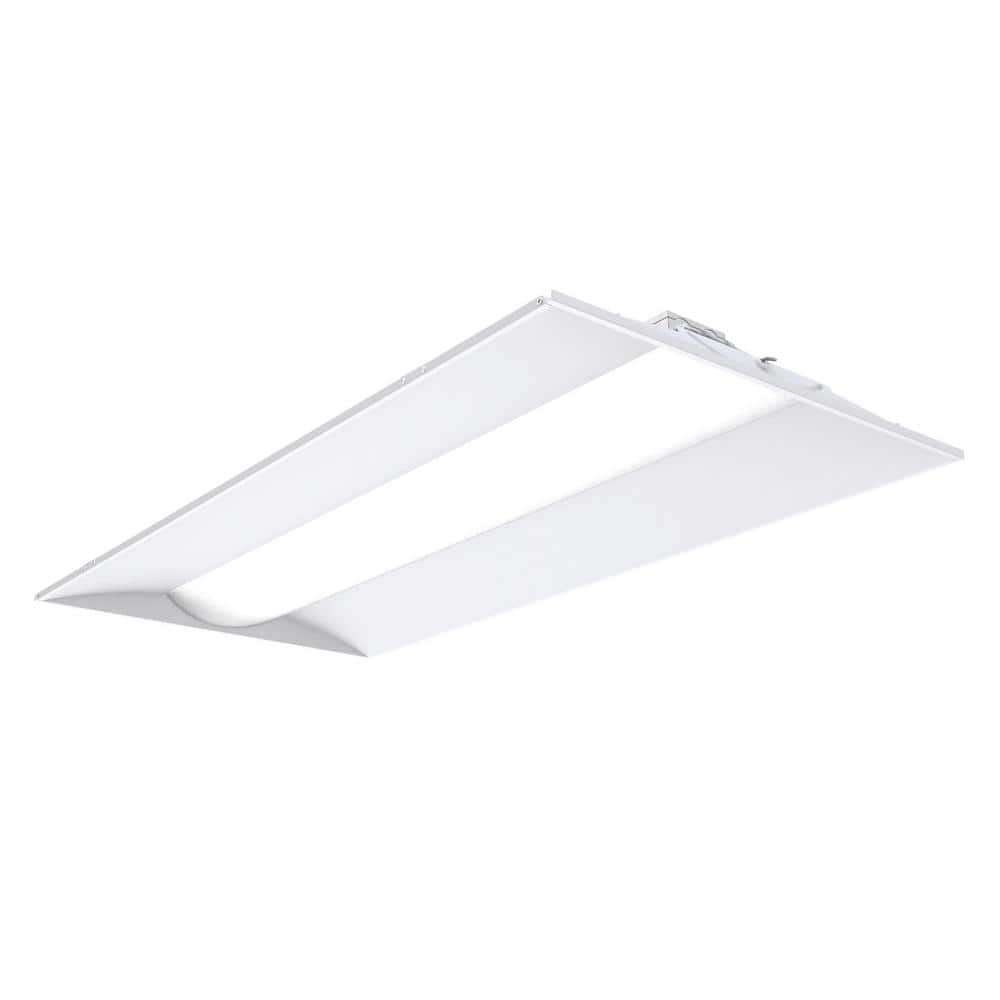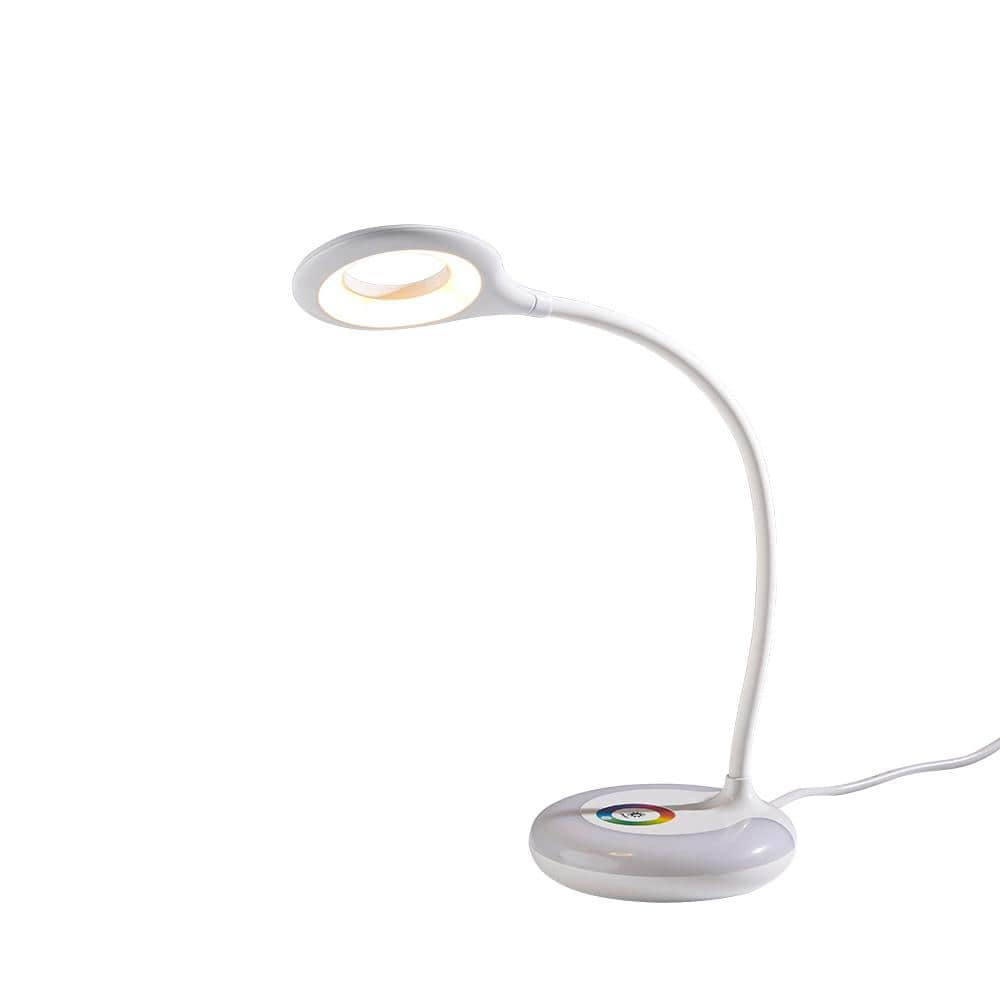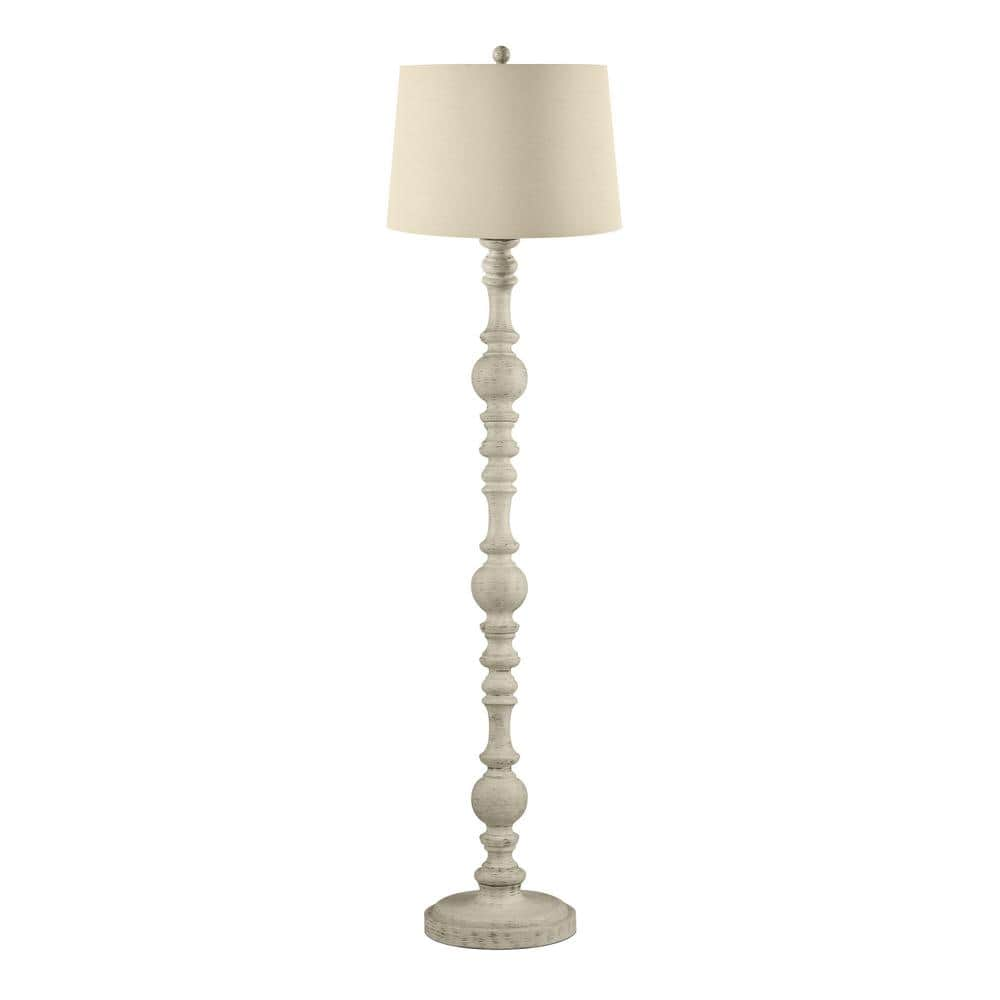Hampton Bay Oron 4-Light Brushed Nickel Reversible Chandelier with Clear Glass Shades, Dining Room Chandelier
Casual transitional large chandelier in brushed steel finish. Easy installation with bulbs up or down; hardware included. Use with vaulted ceiling or standard dining rooms or entryways.
With a sleek brushed nickel finish that’s sure to complement your existing home hardware, the Oron 4 light chandelier’s effortless casual transitional style brings modern, contemporary design to your dining room. Crystal clear glass shades and included bulbs make a warm, centralized glow. This chandelier is chain hung, making it both sloped ceiling and vaulted ceiling compatible.
- Casual transitional 4 light chandelier
- Sleek brushed nickel finish complements your existing home decor
- Crystal clear glass shades can be displayed with bulbs up or down
- LED Edison bulbs included
- Vaulted and sloped ceiling compatible
- Complements transitional, casual, modern, and contemporary home decor
- For use in dining rooms or over kitchen islands
Additional information
| Chain Length (in.) | 60 |
|---|---|
| Fixture Depth (in.) | 21.5 |
| Fixture Height (in.) | 21 |
| Fixture Weight (lb.) | 7.9 |
| Fixture Width (in.) | 21.5 |
| Maximum Hanging Length (in.) | 60 |
| Mounting Deck Height (in.) | 0.88 |
| Mounting Deck Width (in.) | 5.19 |
| Certifications and Listings | ETL Listed |
| Manufacturer Warranty | 1 Year Limited Manufacturer |






by Pony
Looks great. Adjustable arms are very hard too move if you want to switch positions.
by Soda
The future was very easy to install and had very clear instructions to install. I do have an issue that I am waiting for Hampton Bay support to correct which is that my light fixture didn’t come with any light bulbs. The package and website description says it should include (4- 60 watt Edison style standard bulbs). I used some old bulbs to test the fixture for a photo for the review.
by Debby
This is a very modern designed fixture that is extremely functional and pretty in my kitchen over the table.
by Pulm
Looks elegant yet updated and modern. The fixture also complements a light grey dining area. I’m extremely happy with this purchase.